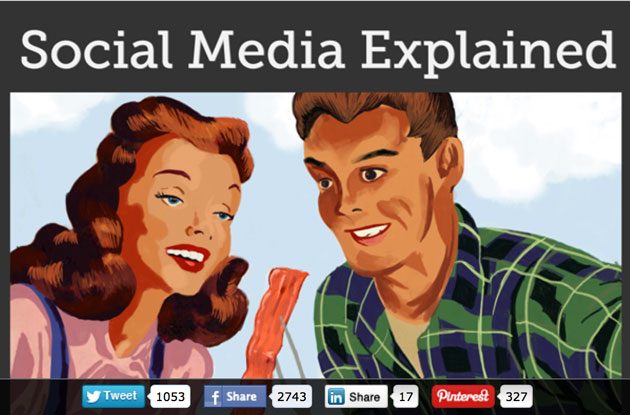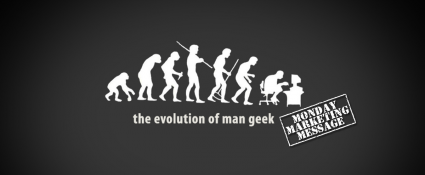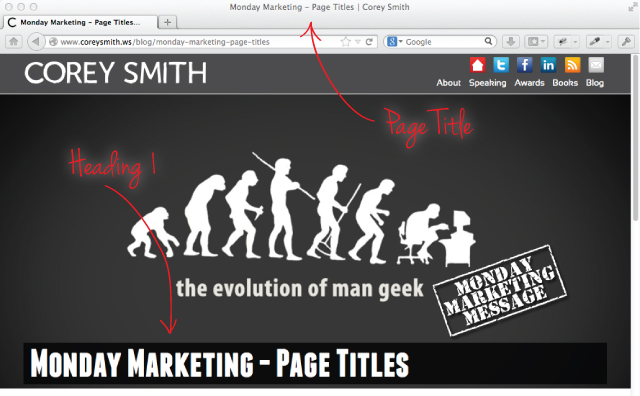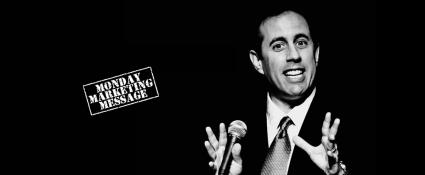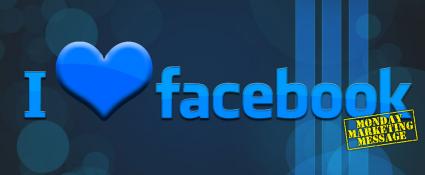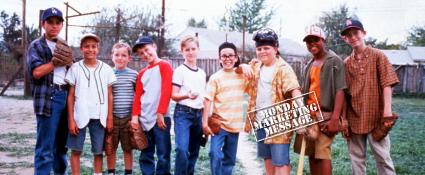
You remember the kid in school who didn't smell so good and was never clued in. Perhaps you remember the kid who was a little too loud and didn't seem to care that everyone thought he was a little obnoxious. Perhaps you were that kid.
You also remember the kids in school that seemed to know how to act to stay popular. In fact, they seemed to understand the game so well that they couldn't do anything that would make them diminish in the eyes of everyone else.
There is something about being self-aware... knowing your limits and knowing when to push them.
Social media today is a similar phenomenon. Sometimes, companies just get it. They jump on the social media bandwagon and intuitively understand how to interact. Others have a hard time just getting started let alone maintaining a social media presence.
The reality is, getting started is the hard part. There may be times when you feel like you are posting status updates or tweeting to an empty room. Just when you feel like you aren't getting anywhere, it's time to take a step back and look in the social media mirror.
Here are a few key areas to look at when making sure that you are aware of yourself on social media. Ask yourself the following questions about your brand:
Who is your company?
This is more than just what are your products and what do you sell. Ask yourself what your company stands for? How do you want to be known?
What makes your company different?
What makes you really stand out from your competitors? Don't just assume you know but really discover what makes you different. How are you incorporating this into your social media content, sharing, and engagement?
Are you reactive or proactive?
Do you just post social content at the spur of the moment or do you think about it first? If you have an end goal in mind from your social media participation think about it before you post. You need to be more proactive and not just post because the moment strikes you.
Have asked others to rate you?
Take the opportunity to ask others (those you trust) to tell you how you are doing. The reality is, you'll never be as self-aware as you think you'll be. Ask people you trust to tell you where you make mistakes and actively work to improve.
Bottom Line
Social media for business takes time because it requires some forethought and a bit of self-awareness. When you take the time to understand who you are and what you stand for, participating in social media for your business will be that much easier.



